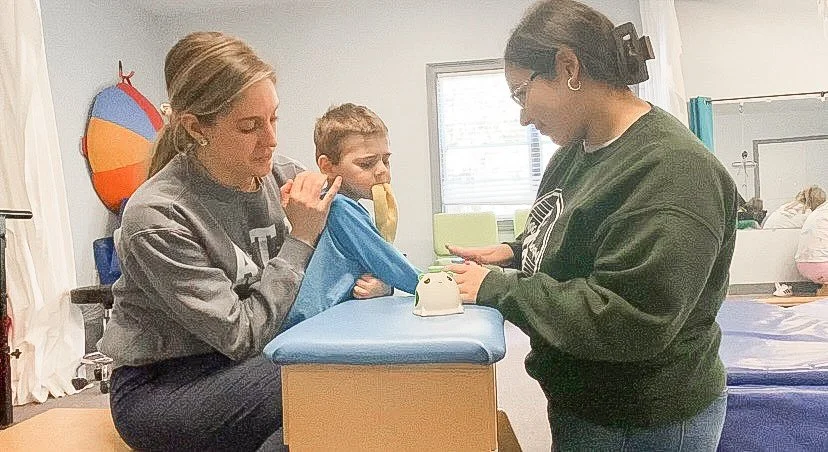Music therapy is a great outlet to achieve goals such as cognitive and motor skills. But what about goals that address emotions, well-being, and mental health? There is a method called the Bonny method of Guided Imagery and Music (GIM) created by Helen Bonny. GIM method addresses goals in the socio-emotional domain. GIM is a music therapy method that uses pre-recorded music to put the client in a relaxed state to explore feelings, memories, and imagery in the subconscious. The philosophy behind GIM is that the music and therapist work together. Musical elements such as tension and melodic flow prompt a person’s journey into their subconscious (Knight et. al., 2018). Music therapists assist by guiding the person on their journey through the subconscious.
In 1969, Bonny was invited to help researchers to study the effects of LSD to expand consciousness. Bonny’s job was to research the effects of listening to music during an LSD experience (Knight et. al., 2018). During each session, she would use relaxation techniques with participants that took LSD. Next, Bonny tried the same relaxation techniques, but the participants did not take LSD (Knight et. al, 2018). The results of the study showed that the participants who did not take LSD had the same effects as the participants who did take LSD (Knight et. al., 2018). These findings paved the way for Bonny to create GIM.
A GIM session uses recorded music from a pre-set classical list and has 5 steps (Knight et. al., 2018). The first step is to have a discussion with the client to see what is on their mind and what they would like to explore. The second step is to help the client relax using relaxation techniques. The music therapist will provide a bridge between the music and beginning the imagery (Knight et. al., 2018). The third step is listening to the music. The client describes the images they see while listening to the music and the music therapist guides them through those images. The fourth step the music therapist guides the client back to state of alertness. The music therapist may ask the client to draw a mandala or images of their experience (Knight et. al., 2018). The fifth step is where the music therapist and client will process what they saw and drew.
Guided Imagery and Music is a useful method that relaxes the client and brings thoughts/emotions from the subconscious to the conscious. It offers a way to then process these thoughts/emotions without the use of medication. Thanks to Helen Bonny, we have another way to address the emotional needs of the client.
-Teresa Dominguez, Music Therapy Intern
References
Knight, A. J., LaGasse, B., Clair, A. A., & Pasiali , V. (2018). Chapter 7: Approaches to Music Therapy . In Music therapy: An introduction to the profession (pp. 144–145). essay, American Music Therapy Association.
Short, A. E., & Heiderscheit, A. (2020, April 1). Directory of open access journals. Approaches: An Interdisciplinary Journal of Music Therapy. Retrieved March 28, 2023, from https://doaj.org/article/edcf029c0e564b80bd650b5fa978690a






